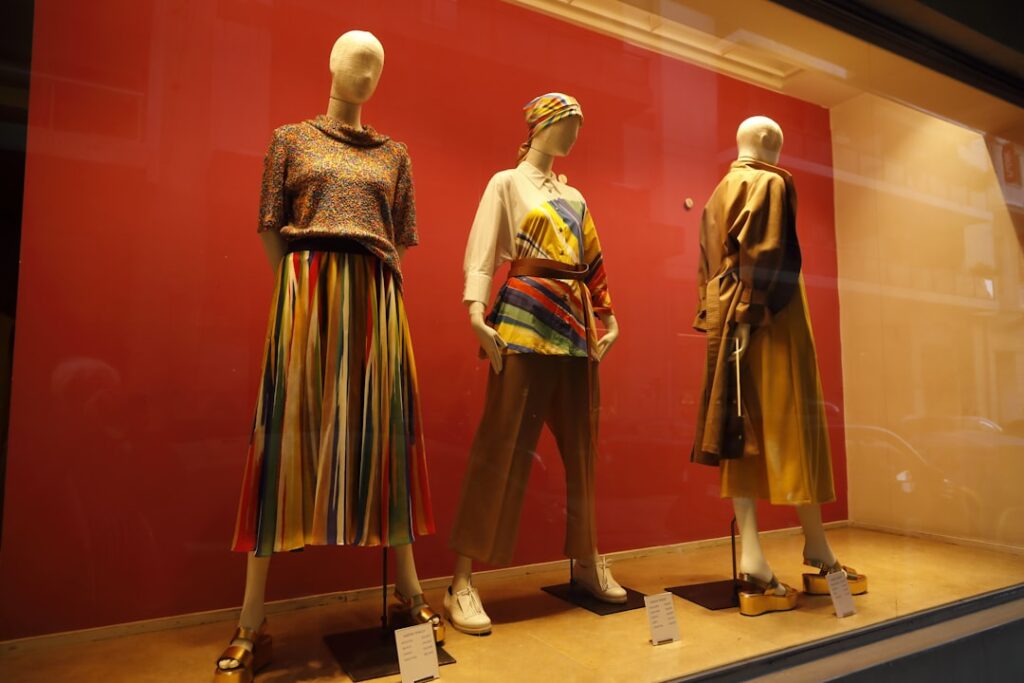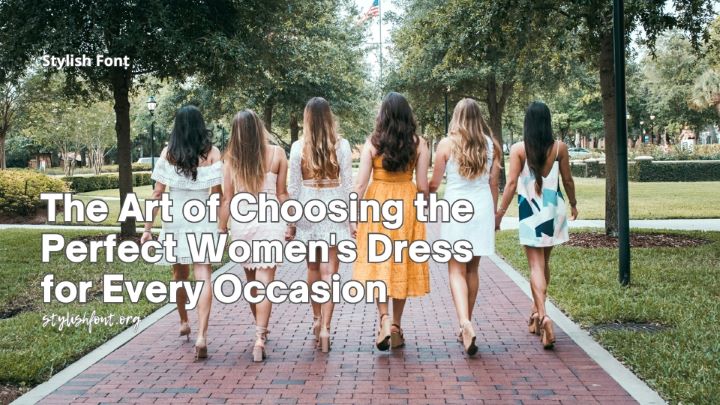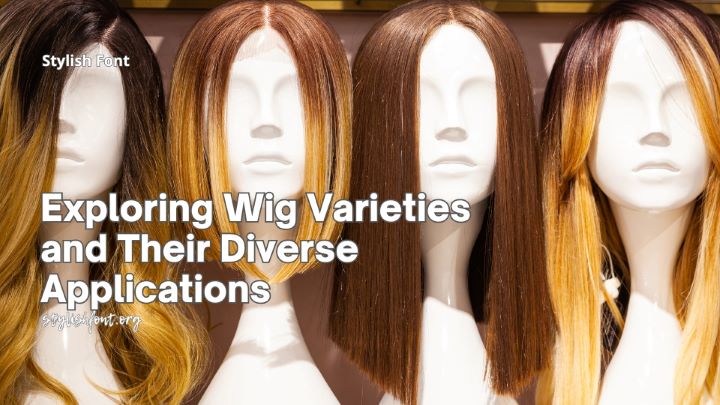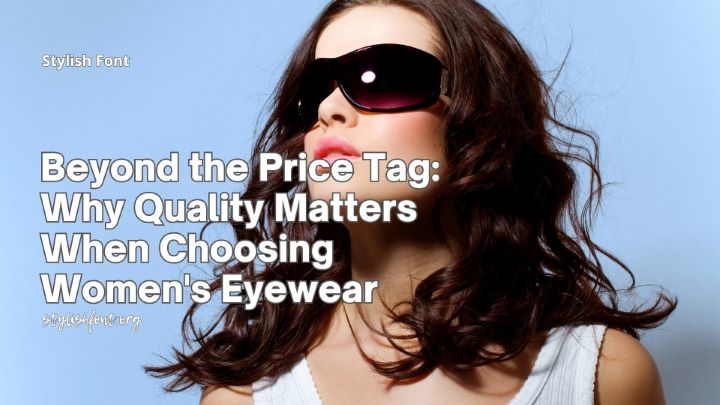The history of fashion is deeply intertwined with the evolution of gender roles and societal expectations. From the elaborate garments of the Renaissance, which often blurred the lines between male and female attire, to the rigidly defined silhouettes of the Victorian era, clothing has long served as a reflection of cultural norms. In the early 20th century, the suffragette movement catalyzed a shift in women’s fashion, leading to more practical and less restrictive clothing.
This period marked a significant turning point, as women began to adopt styles that were traditionally associated with men, such as trousers and tailored suits. The evolution of gendered fashion has been a complex journey, influenced by social movements, economic changes, and artistic expressions. As the decades progressed, fashion continued to evolve alongside shifting gender dynamics.
The 1960s and 1970s saw the rise of counterculture movements that challenged traditional gender norms, leading to the popularization of unisex clothing. Designers began to experiment with androgynous styles, creating garments that could be worn by anyone, regardless of gender. This era laid the groundwork for contemporary discussions about gender in fashion, as it became increasingly clear that clothing could serve as a powerful tool for self-expression and identity.
The evolution of gendered fashion reflects broader societal changes, highlighting the ongoing dialogue about gender roles and the ways in which they are expressed through personal style.
Key Takeaways
- Gendered fashion has evolved over time, reflecting changes in societal norms and attitudes towards gender identity.
- Genderless fashion challenges traditional norms and embraces a more inclusive and fluid approach to clothing and style.
- The fashion industry is breaking down stereotypes and redefining beauty standards, promoting diversity and inclusivity.
- Genderless fashion has a significant impact on society, promoting equality and empowering individuals to express themselves authentically.
- Pioneers in genderless fashion are redefining style and identity, inspiring others to embrace and celebrate their individuality.
Genderless Fashion: Defying Traditional Norms
Breaking Down Barriers
By blurring the lines between masculine and feminine aesthetics, genderless fashion encourages creativity and self-exploration. Designers are increasingly crafting collections that prioritize comfort and versatility over rigid classifications, allowing wearers to choose pieces that resonate with their personal style rather than their assigned gender.
A Growing Awareness
The rise of genderless fashion has also been fueled by a growing awareness of non-binary identities and the need for representation within the industry. As society becomes more accepting of diverse gender expressions, fashion is evolving to reflect this change.
A Shift Towards Inclusivity
Brands are now recognizing that consumers seek authenticity and individuality in their clothing choices. By offering gender-neutral options, designers are not only appealing to a broader audience but also fostering a sense of community among those who feel marginalized by traditional fashion norms. This shift signifies a cultural transformation that values inclusivity and celebrates the uniqueness of each individual.
Breaking Down Stereotypes in the Fashion Industry
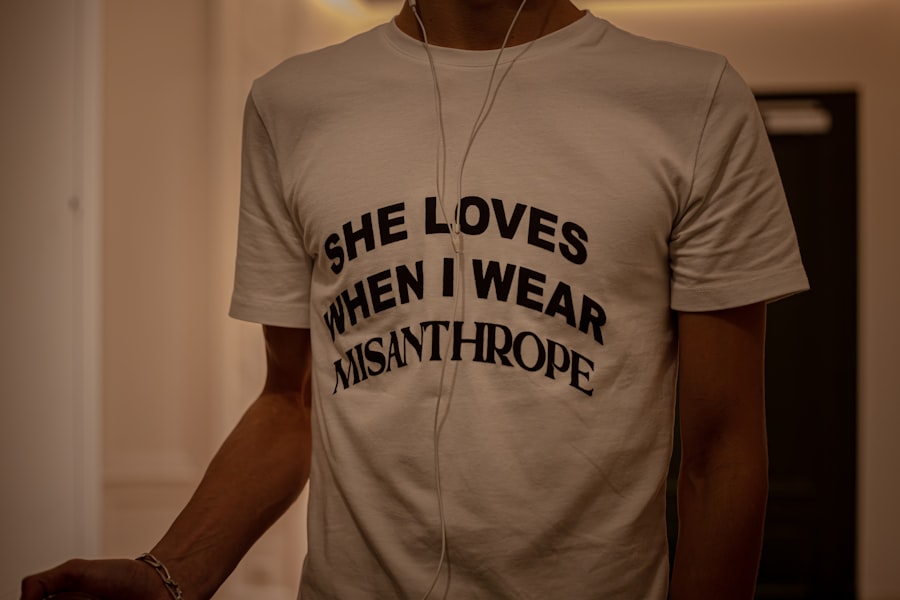
The fashion industry has long been plagued by stereotypes that dictate how individuals should dress based on their gender. These stereotypes often perpetuate harmful notions about masculinity and femininity, limiting personal expression and reinforcing societal expectations. However, as conversations around gender identity become more prominent, there is a growing movement within the industry to dismantle these stereotypes.
Designers and brands are increasingly challenging conventional ideas about what is considered “appropriate” attire for different genders, paving the way for a more inclusive landscape. Breaking down stereotypes in fashion requires a concerted effort from all stakeholders in the industry, including designers, retailers, and consumers. Many brands are now actively seeking to diversify their marketing strategies by featuring models of various genders and body types in their campaigns.
This shift not only promotes inclusivity but also encourages consumers to embrace their own unique styles without fear of judgment. By showcasing a wider range of representations, the fashion industry can help dismantle harmful stereotypes and foster a culture that celebrates individuality rather than conformity.
The Impact of Genderless Fashion on Society
| Metrics | Impact |
|---|---|
| Increased inclusivity | Genderless fashion promotes inclusivity and diversity, allowing individuals to express themselves without conforming to traditional gender norms. |
| Challenging stereotypes | It challenges traditional stereotypes and expectations related to clothing, encouraging a more open-minded and accepting society. |
| Economic impact | The genderless fashion movement has led to the growth of a new market segment, creating opportunities for designers and businesses. |
| Social acceptance | It has contributed to a shift in societal attitudes towards gender identity and expression, fostering a more accepting and understanding environment. |
The emergence of genderless fashion has far-reaching implications for society as a whole. By challenging traditional notions of gender and promoting inclusivity, this movement encourages individuals to embrace their authentic selves without fear of societal judgment. As more people adopt gender-neutral clothing styles, it fosters an environment where diversity is celebrated rather than stigmatized.
This shift can lead to greater acceptance of non-binary identities and a broader understanding of gender as a spectrum rather than a binary construct. Moreover, genderless fashion has the potential to influence other areas of society beyond clothing. As individuals feel empowered to express themselves authentically through their attire, it can inspire conversations about identity, self-acceptance, and mental health.
The visibility of gender-neutral styles can also challenge outdated norms in various sectors, including education and employment, where dress codes often reflect traditional gender expectations. By promoting a culture of acceptance and fluidity in fashion, society can move towards a more inclusive future where everyone feels free to express their true selves.
Genderless Fashion Icons: Pioneers of Change
Throughout history, certain individuals have emerged as icons of genderless fashion, challenging norms and inspiring others to embrace their unique identities. Figures such as David Bowie and Prince blurred the lines between masculinity and femininity through their bold fashion choices and performances. Their influence extended beyond music into the realm of style, encouraging fans to explore their own expressions of gender through clothing.
These pioneers paved the way for contemporary figures who continue to challenge traditional norms in fashion. In recent years, celebrities like Billy Porter and Jaden Smith have become prominent advocates for genderless fashion. Their fearless approach to style has garnered attention and sparked conversations about the importance of self-expression in an increasingly diverse world.
By wearing garments that defy conventional gender norms on red carpets and public appearances, they challenge societal expectations and inspire others to embrace their individuality. These icons serve as powerful reminders that fashion can be a vehicle for change, encouraging others to break free from restrictive stereotypes.
Unisex Clothing: Redefining Style and Identity

Unisex clothing has emerged as a significant trend within the broader movement towards genderless fashion. This category encompasses garments designed to be worn by individuals of any gender, emphasizing comfort and versatility over traditional silhouettes. Unisex styles often feature relaxed fits, neutral colors, and minimalist designs that appeal to a wide audience.
By prioritizing functionality over gendered aesthetics, unisex clothing allows individuals to curate their wardrobes based on personal preference rather than societal expectations. The rise of unisex clothing reflects a growing desire for authenticity in personal style. As consumers increasingly seek out pieces that resonate with their identities, brands are responding by offering collections that cater to diverse tastes.
This shift not only promotes inclusivity but also encourages individuals to experiment with their style without being confined by traditional gender norms. Unisex clothing serves as a powerful reminder that fashion is not solely about adhering to societal expectations but rather about expressing one’s true self.
The Intersection of Fashion and Gender Identity
The intersection of fashion and gender identity is a complex terrain that continues to evolve as society grapples with issues of representation and inclusivity. For many individuals, clothing serves as a means of expressing their identity and navigating their relationship with gender. Fashion can empower individuals to embrace their authentic selves while also challenging societal norms that dictate how they should present themselves based on their assigned gender at birth.
As discussions around gender identity become more prominent in mainstream culture, designers are increasingly recognizing the importance of creating collections that reflect this diversity. Many brands are now incorporating non-binary models into their campaigns and designing garments that cater to various expressions of identity. This shift not only promotes visibility but also fosters a sense of belonging among those who may have felt marginalized by traditional fashion narratives.
The intersection of fashion and gender identity highlights the transformative power of clothing as a tool for self-expression and acceptance.
Genderless Fashion on the Runway: A New Era in Design
The runway has long been a platform for showcasing innovative designs and setting trends within the fashion industry. In recent years, however, there has been a noticeable shift towards genderless collections on major runways around the world. Designers are increasingly embracing fluidity in their presentations, showcasing garments that defy traditional categorizations of male or female attire.
This new era in design reflects a broader cultural shift towards inclusivity and acceptance within the industry. Fashion weeks across the globe have begun featuring unisex collections that celebrate diversity in all its forms. Designers are experimenting with silhouettes that challenge conventional ideas about masculinity and femininity while prioritizing comfort and wearability.
This evolution on the runway not only reflects changing consumer preferences but also signals a commitment to fostering an inclusive environment within the fashion industry. As more designers embrace genderless aesthetics, it paves the way for future generations to explore their identities through clothing without fear or limitation.
Embracing Fluidity: The Future of Fashion
The future of fashion lies in embracing fluidity—an acknowledgment that identity is not static but rather an ever-evolving journey. As society continues to challenge traditional notions of gender, designers are increasingly recognizing the importance of creating collections that reflect this dynamic landscape. Embracing fluidity means moving beyond binary classifications and celebrating diversity in all its forms.
This shift towards fluidity is not only evident in design but also in marketing strategies within the industry. Brands are beginning to feature models who represent various identities and body types in their campaigns, promoting inclusivity at every level. By embracing fluidity in both design and representation, the fashion industry can foster an environment where everyone feels seen and valued for who they are—regardless of how they identify or express themselves.
Challenging Gender Norms Through Clothing
Clothing has always been a powerful medium for challenging societal norms, particularly when it comes to gender expression. As individuals increasingly reject traditional expectations surrounding how they should dress based on their assigned genders at birth, they are using fashion as a form of resistance against outdated stereotypes. By choosing garments that defy conventional categorizations—such as skirts worn by men or tailored suits worn by women—individuals are making bold statements about their identities.
Challenging gender norms through clothing requires courage and conviction; however, it also fosters an environment where others feel empowered to do the same. As more people embrace non-traditional styles, it creates a ripple effect that encourages others within their communities to explore their own expressions of identity through fashion. This collective movement towards challenging norms signifies a cultural transformation that values authenticity over conformity.
The Global Movement Towards Genderless Fashion
The movement towards genderless fashion is not confined to any one region; it is a global phenomenon that transcends borders and cultures. As conversations around gender identity gain traction worldwide, designers from various backgrounds are contributing to this dialogue through their work. From streetwear brands in urban centers to high-fashion houses in major cities, there is an increasing recognition of the need for inclusivity within the industry.
This global movement is further amplified by social media platforms that allow individuals to share their unique styles with audiences around the world. Influencers and activists are using these platforms to advocate for greater representation within fashion while showcasing how they navigate their own identities through clothing choices. As this movement continues to grow, it holds the potential to reshape not only the fashion industry but also societal perceptions surrounding gender identity on a global scale.
In conclusion, the evolution towards genderless fashion represents a significant cultural shift that challenges traditional norms while promoting inclusivity and self-expression. As society continues to embrace fluidity in identity, it is essential for the fashion industry to adapt accordingly—creating spaces where everyone feels empowered to express themselves authentically through clothing choices that resonate with who they truly are.
FAQs
What is genderless fashion?
Genderless fashion, also known as unisex fashion, is a style of clothing that is not specifically designed for or marketed to a particular gender. It aims to break away from traditional gender norms and allows individuals to express themselves freely through their clothing choices.
What are some examples of genderless fashion?
Examples of genderless fashion include oversized t-shirts, tailored suits, androgynous silhouettes, and gender-neutral accessories such as sneakers and backpacks. Many brands are also creating collections that are designed to be worn by people of any gender.
Why is genderless fashion important?
Genderless fashion is important because it promotes inclusivity and diversity in the fashion industry. It allows individuals to express their personal style without feeling restricted by traditional gender norms. It also challenges the idea that certain clothing styles are only meant for a specific gender.
How does genderless fashion impact society?
Genderless fashion has the potential to challenge and change societal perceptions of gender and clothing. It can contribute to breaking down stereotypes and promoting acceptance and understanding of diverse gender identities. It also encourages a more inclusive and open-minded approach to fashion and self-expression.
Where can I find genderless fashion options?
Many fashion brands and retailers now offer genderless or unisex clothing options. Additionally, there are specific genderless fashion brands that focus on creating inclusive and diverse clothing collections. Online platforms and marketplaces also provide a wide range of genderless fashion choices for consumers.

